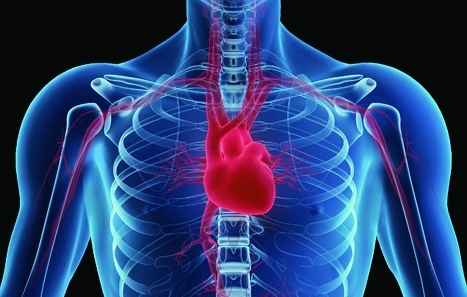Medical robot navigates heart to help fix leaky valve
Surgeons could be assisted in the operating theatre by medical robots following the first demonstration of a robot that can navigate autonomously inside the body.


In an animal model of cardiac valve repair, the international team - including bioengineers at Boston Children's Hospital - programmed a robotic catheter to find its way along the walls of a beating, blood-filled heart to a leaky valve. The work is reported in Science Robotics.
Informed by a map of cardiac anatomy and preoperative scans, the team's robotic catheter navigated using an optical touch sensor that was developed in the lab of senior investigator Pierre Dupont, PhD, chief of Paediatric Cardiac Bioengineering at Boston Children's Hospital. Using AI and image processing algorithms, the touch sensor enabled the catheter to ascertain its location in the heart and where it needed to go.
For the demonstration, the team performed a paravalvular aortic leak closure, a challenging procedure that repairs replacement heart valves that have begun leaking around the edges. Once the robotic catheter reached the leak location, a cardiac surgeon took control and inserted a plug to close the leak.
Register now to continue reading
Thanks for visiting The Engineer. You’ve now reached your monthly limit of news stories. Register for free to unlock unlimited access to all of our news coverage, as well as premium content including opinion, in-depth features and special reports.
Benefits of registering
-
In-depth insights and coverage of key emerging trends
-
Unrestricted access to special reports throughout the year
-
Daily technology news delivered straight to your inbox










Water Sector Talent Exodus Could Cripple The Sector
Well let´s do a little experiment. My last (10.4.25) half-yearly water/waste water bill from Severn Trent was £98.29. How much does not-for-profit Dŵr...